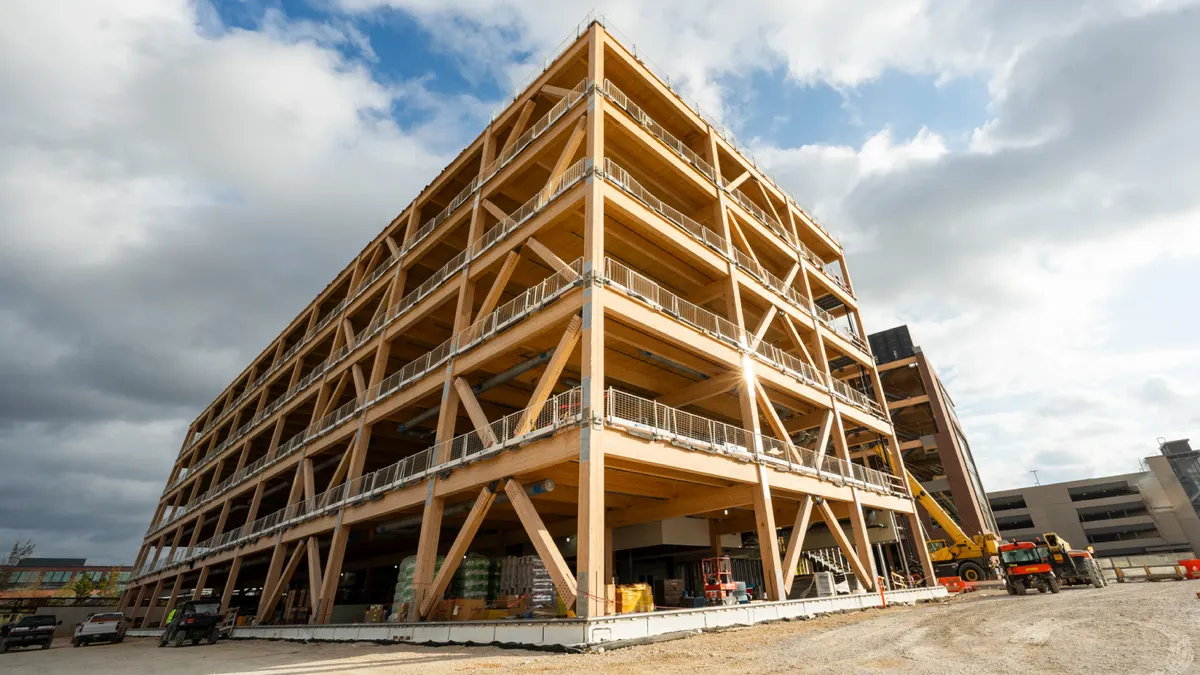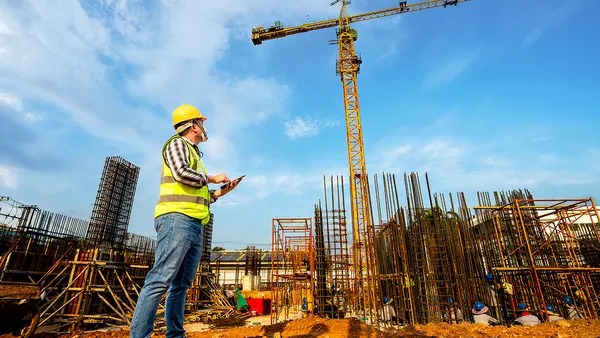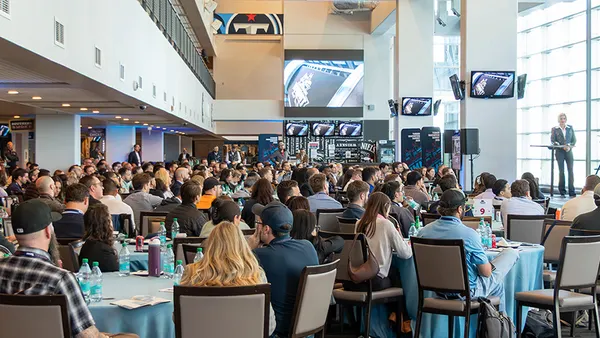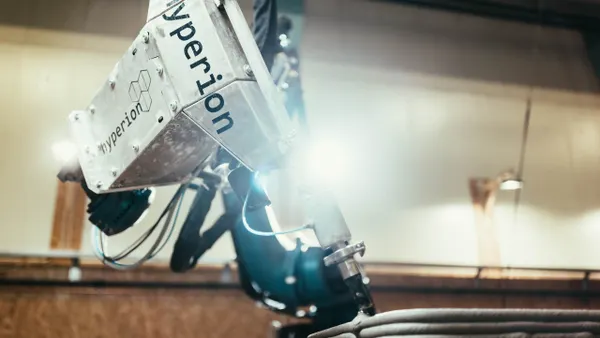In a perfect world, the architect designs a building and the contractor builds it, accurately and on time, with all the skilled labor necessary.
In the real world, the supply of skilled construction labor ebbs and flows. Today it has ebbed. The scarcity of skilled labor drives up costs and drives down quality as crews rush from project to project in a quickening market.
The Decline of Skilled Building Labor
While the construction labor shortage has been many years in the making, it has recently received wide attention.
- A recent headline in The Atlantic reads: “Where Have All the Construction Workers Gone?”
- A headline in Engineering News-Record reads: “Contractors Turning Down Work Due to Labor Shortages.”
- Even back in 2013, a Forbes.com article rang the warning bell with the headline: “As Construction Begins Rebound, Looming Labor Shortages Raise Concerns.”
With the recent upturn in the construction industry, unemployment levels for construction trades are at their lowest level in a decade and a half.
“Expanding job opportunities throughout the economy make it increasingly difficult for contractors to find experienced construction workers,” Ken Simonson, the chief economist of the Associated General Contractors of America, notes in a press release.
Recent Census Bureau data on construction spending indicates there is robust demand for new construction, particularly for apartments and private nonresidential projects.
However, Simonson warns, “Some projects may be delayed or put on hold without new measures to recruit and prepare future workers.”
Roofing Industry Affected
In the roofing industry, labor shortages rank as a top concern for contractors. According to the most recent State of the Industry Report from Roofing Contractor magazine, business is good but labor shortages are tempering the growth.
“An extreme labor shortage is going to impact the entire country, in my opinion. This is going to drive up wages and make competition for experienced roofers fierce,” says Scott Baxter, a commercial sales manager for Interstate Roofing Inc. in Portland, Oregon, in an interview with the magazine.
One solution is factory-made roofing systems to minimize labor needed in the field.
For the Roofing Industry, Factory-Fabricated Systems Emerge as a Labor Shortage Solution
Certainly the ideas presented by the AGC, if enacted, would bring more trained construction workers into the industry. But the timeframe is long and the outcome uncertain.
However, innovation, as it often does, may provide a quicker solution. A case in point is the growing use of prefabricated, factory-made building systems that are brought to the site and installed in a fraction of the time of site built systems.
This solution includes prefabricated roofing membrane systems that not only install on-site with an 80 percent to 85 percent reduction in on-site seam welding, but that also solve the problem of faulty sealing around penetrations, which cause the most problems in roofing failures.
Factory Controls Bring Many Benefits
There are multiple benefits to fabricating components inside a controlled environment like a factory.
The workers and materials are protected from weather, which means fewer lost days to snow, storms, or heat, and less damage to the materials because of weather. The workers in a factory can be trained and supervised more easily. This means fewer construction defects, which means fewer building failures, lawsuits, and unhappy owners and tenants.
Recycling and reusing materials is more streamlined in a factory than on-site, where massive dumpsters filled with construction waste headed for a landfill are a common sight.
On the jobsite, factory fabricated components, such as prefabricated roofing, means that the installation goes faster, and construction schedules get met. In the case of roofing, a custom prefabricated membrane means that workers spend less time on the roof itself, which translates to fewer jobsite accidents, and lower insurance premiums.
Conclusion
The shortages in skilled construction are real and many years in the making. While the finest minds in economics, labor, and construction are advocating for changes to build up a skilled workforce, that result will not manifest immediately. That means that in a robust building environment, projects may be delayed or, worse yet, be constructed with flawed installation. For roofing, poor installation brings expensive damages, the exact causes of which can be difficult to determine.
Innovations by roofing manufacturers, particularly factory-fabricated roofing systems, can help ease problems caused by skilled labor shortages.
Prefabricated membrane systems typically provide four main benefits:
- Factory-welded seams for better first-time quality and fewer callbacks.
- Easier transitions for superior waterproofing and aesthetics.
- Less labor required for the installation time on the roof.
- Cleaner installations with less jobsite waste and disruptions.
As engineers, architects, installers, and owners realize the continuing benefits of specifying prefabricated buildings systems, the way buildings are constructed may well shift in favor of prefabricated systems for many decades to come.
Learn more about factory-fabricated roofing systems from Duro-Last Roofing.








